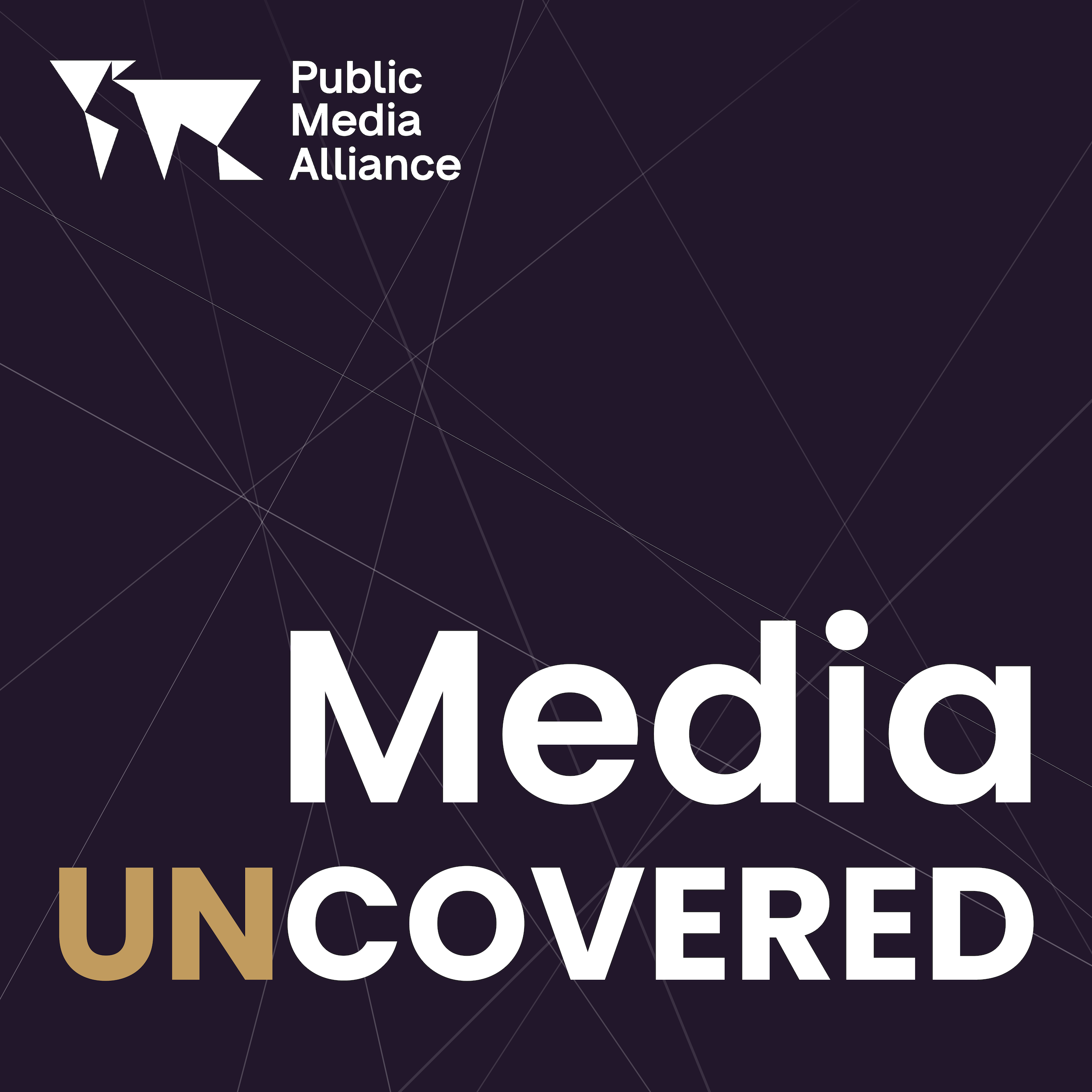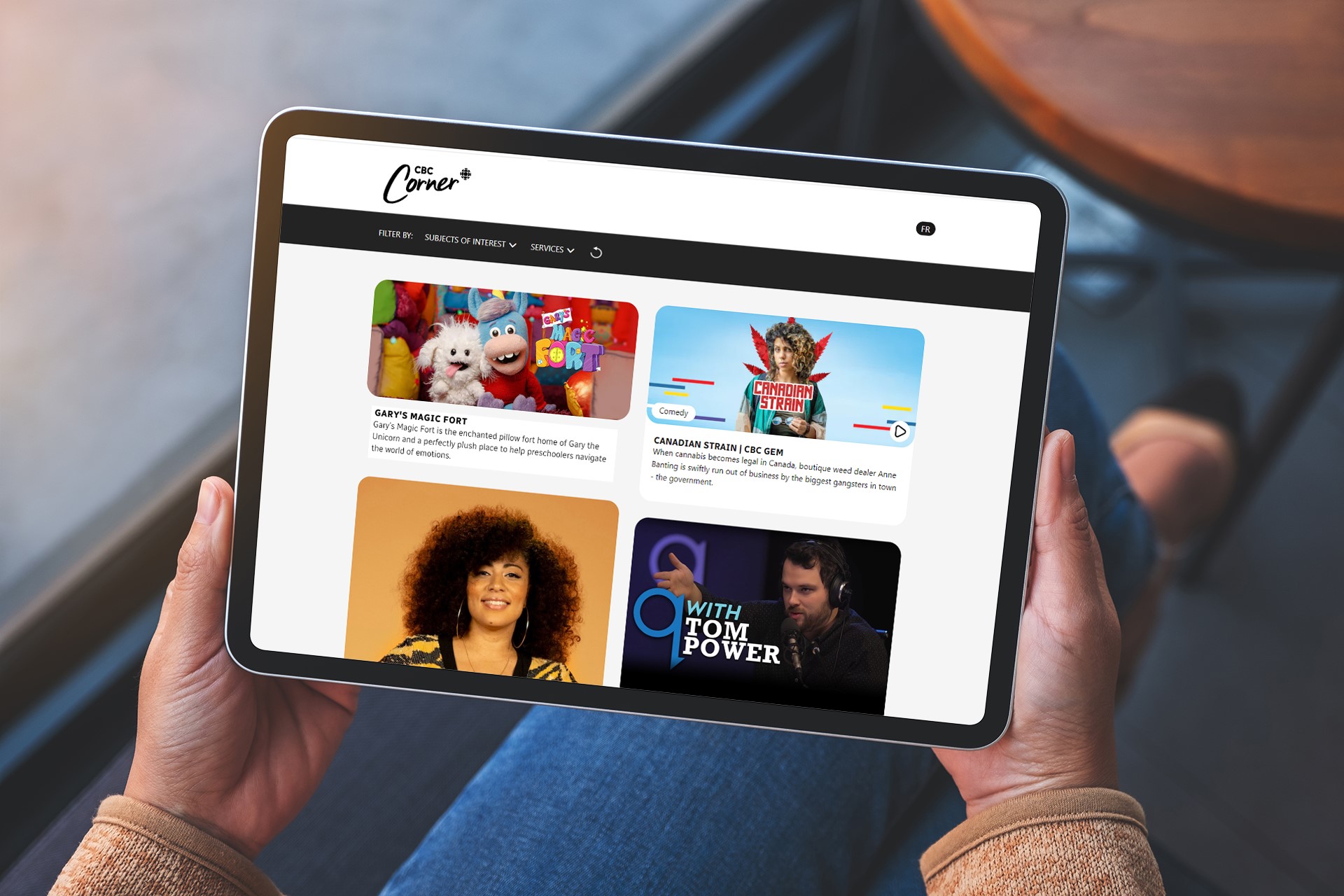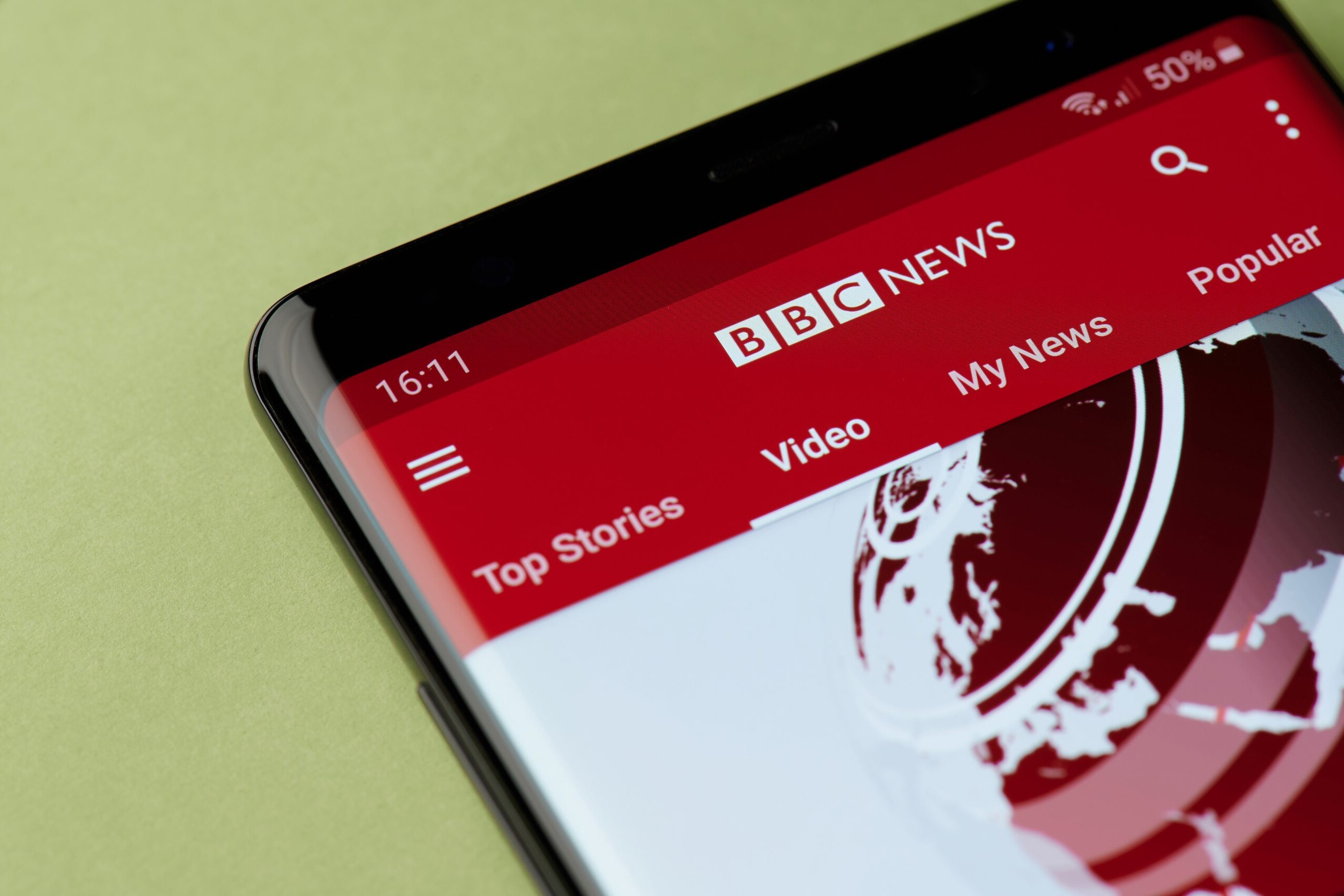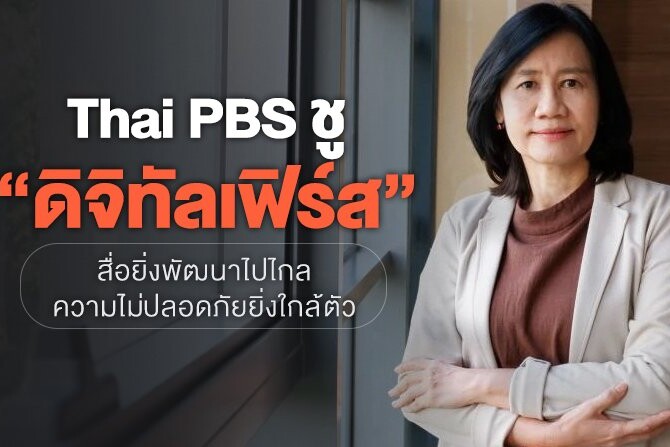SPEECH | INSIGHT
Kristian Porter: Maintaining values while PSM goes digital
15th May 2023
In a speech at the PTS Symposium 2023 held in Taipei, Taiwan, in May, the CEO of the Public Media Alliance spoke about how public service media (PSM) can and should maintain their values while adapting to the digital era.

This speech has been edited for clarity & brevity.
Nǐ hǎo everyone. I’m the CEO of the Public Media Alliance, the largest global association of public media organisations, of which PTS and Radio Taiwan International are valued members.
I have worked with PTS for a long time, and I frequently use examples of your innovations, content, and best practices in my work with other public media worldwide. But, like all public service media, PTS faces its fair share of challenges regarding digital transformation.
These include: keeping pace with new technology; audience fragmentation and changing news consumption habits; adapting to ever-evolving and commercially-owned algorithms; a lack of transparency over these algorithms; hate speech and online harassment; AI; data use; mis- and disinformation.
These challenges, of course, all interrelate, and new technology, training, and cybersecurity all require significant investment, especially when the rate of change is so rapid, and expensive.
Effective digital transformation is not just about keeping pace with your competitors, it’s about keeping pace with your audiences: their expectations, and their access to multiple platforms and multiple services at any given time. Being present, revealing truth, and holding power to account has never been more difficult, nor more urgent. As geopolitics plays out as much in people’s pockets as it does in the real world, traditionally trusted public media are fighting an uphill battle.
The rapid emergence of ChatGPT has muddied the waters further. In the space of two months the AI platform registered 100 million monthly users and there is already evidence that the service has been used to convincingly produce false news reports wrongly attributed to trusted brands such as The Guardian in the UK. Just last week, it was reported that there are already at least 50 so-called “news” websites that are completely AI-generated.
For most public service media organisations, we are long past digital transition. Public service media now, by and large, reach most of their audiences through cross-platform services. While TV and radio still hold a dominant position with most audiences, it is the under-30s that are abandoning these legacy platforms. This is the future, and public media need to keep pace.
But for public service media, reaching these audiences isn’t just about investing in a particular platform and discoverability. It’s ensuring that you don’t lose sight of your core values.
Listen toour podcast
Uncovering and exploring the biggest
issues facing public media
Effective digital transformation is not just about keeping pace with your competitors, it’s about keeping pace with your audiences.
Public media values
Accountability, accessibility, impartiality, independence, pluralism, reliability, universalism: these are the values which we at the Public Media Alliance consider to be most important to PSM.
Together these contribute to the trust the public has in you. But adhering to these values in the digital world means that public media also need to be open to a rapid change of direction if needed… and to accept that things can change very quickly, especially when using third-party platforms to reach audiences.
For example, last year the BBC announced TikTok as a priority platform to reach younger audiences despite its unpredictable algorithm for news content. The BBC hired TikTok-specific journalists and in the first year alone gained 800,000 followers on its BBC News channel. I firmly believe that the presence of trusted public media on these social media platforms, in some form, is a critical tool in countering the mis- and disinformation that can proliferate there.
But there are other concerns to consider. This year, a number of public broadcasters started to limit their use of TikTok, because of cybersecurity and privacy concerns, because of the app’s access to users’ data, and where this data was stored. Many public media lacked platform-specific strategies and codes-of-conduct beyond their broader social media policies to account for the variations between social media platforms. This needs to change. They needed to adapt. And often the pace of change means such specific policies aren’t in place until there is an issue. For example, a story emerged last week of a Financial Times journalist being tracked by TikTok staff in both China and the US, via an account that was in her cat’s name.
As a result, in March and April, public media organisations like DR and Swedish Radio changed course and started to advise staff to delete TikTok from corporate devices unless it was installed on TikTok-specific devices.
But this isn’t simply a concern we should apply to TikTok. All third-party platforms, whether it’s Instagram, LinkedIn, or Facebook are often opaque in their data handling. And we are right to question their practices.
Then there’s Twitter. The social network’s mislabelling of independent public media as “government-funded” lacked accuracy, nuance, and had the potential to sew distrust in some of the world’s most trusted media brands.
To quote Twitter’s then-definition of the label, it applied to organisations that “may have varying degrees of government involvement over editorial content”. This is plainly wrong, especially regarding public broadcasters like NPR, CBC/Radio-Canada and PBS, all of which suspended their use of Twitter in protest. The labels have since been removed although this alarmingly included the removal of labels that were correctly applied to some “state-affiliated” media, resulting in an increase in followers for their services.
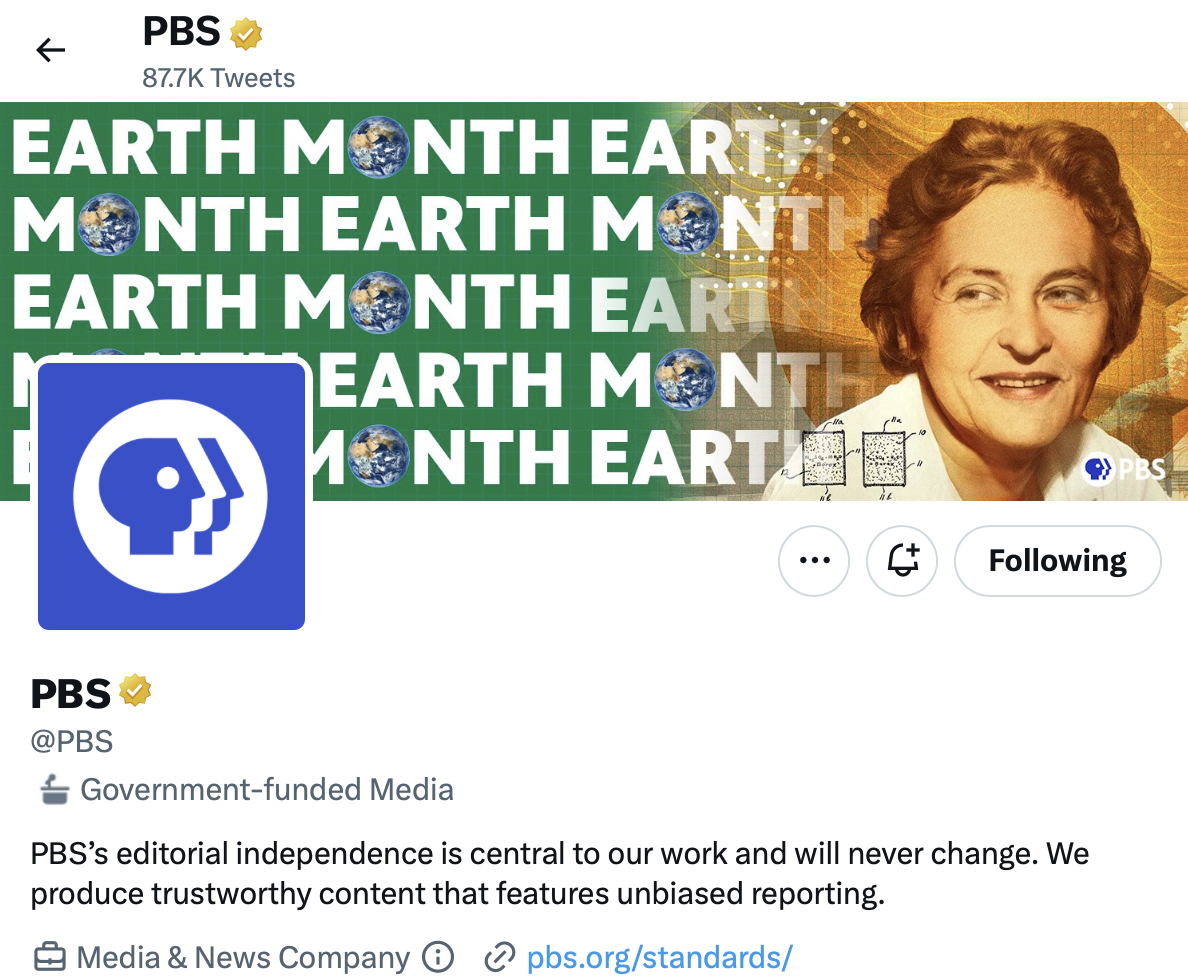
Public media must lead the way in ensuring that their staff are aware of the dangers of reporting, and being present online, but they must also offer facilities to assist those facing abuse.
This further highlights the lack of accountability the platform now has in pointing users to sources of trusted news and information and the need for public media to be vigilant in how and why they use third-party platforms.
So how does this relate to digital transformation? These examples demonstrate that public service media have an additional responsibility compared to other outlets. While in a plural, democratic media environment public media have to compete alongside commercial media, they are also beholden to a source of public funding, and a set of specific values – values that promote trust. Meanwhile, the values of third-party platforms can quickly change and go against public media principles.
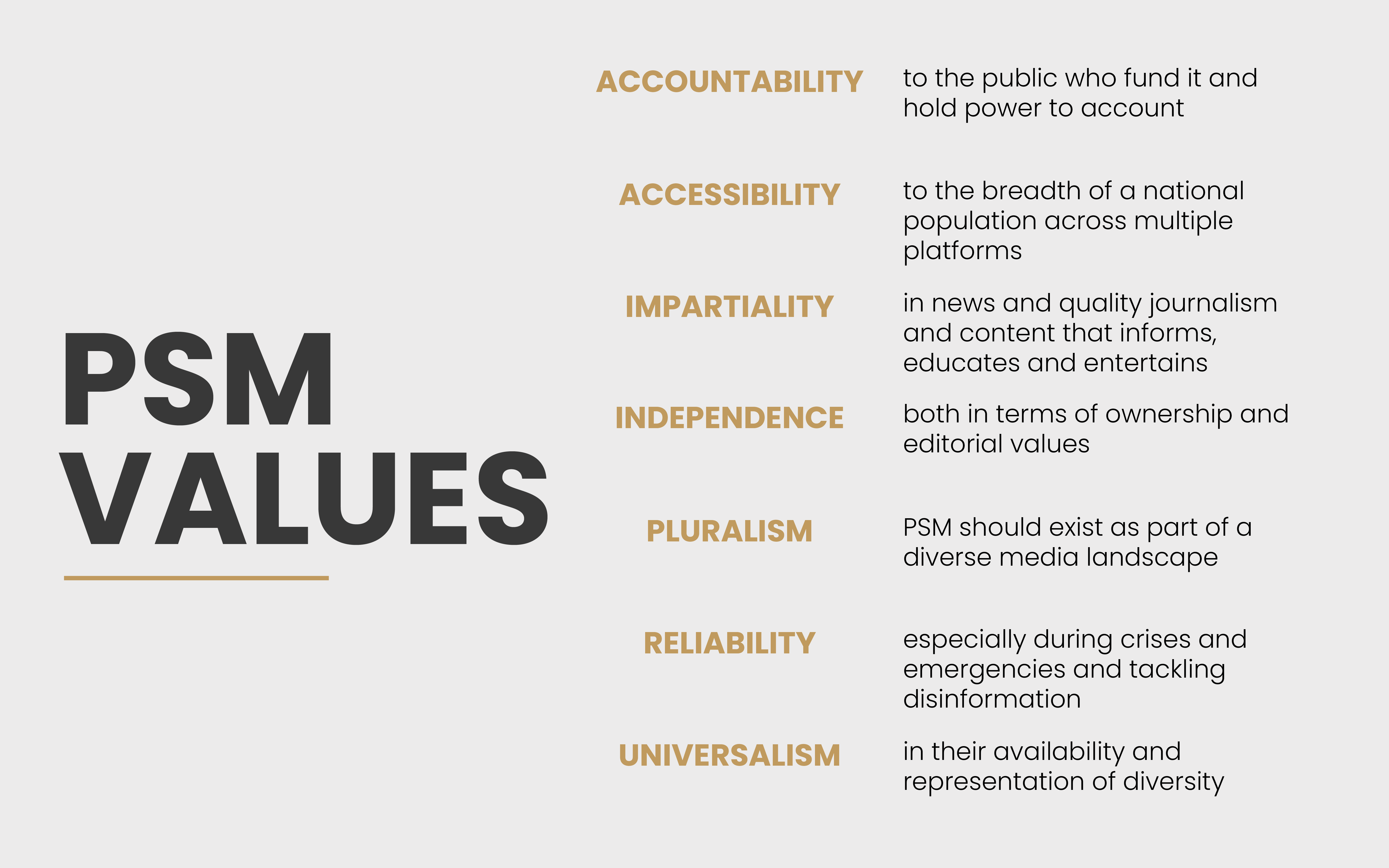
The decisions public media make, the reasons why you use a third-party platform and the reasons why you stop using one, and the steps you take in your digital governance and transformation, should ideally be informed by these values.
The rate of digital transformation is of course lightning fast compared to the digital transition, and public broadcasters like the BBC, France Télévisions, and Estonia’s ERR have already announced their intention to become “digital-first” organisations.
I want to explore some of the issues public media need to consider in approaching digital transformation in a broader, value-driven way.
Online safety
As public service media, you’re obliged to reach as wide an audience at possible. The temptation will be to shift content online and respond rapidly to new platforms. This is of course expensive. But more importantly expansion mustn’t come at the cost of your staff’s wellbeing. Take journalists as an example. The rush to be online, to be first and compete in breaking news, has for years included an unspoken obligation for journalists to have their own social media accounts. But this has also made journalists a target, particularly women.
According to a global survey of 714 women journalists by the ICFJ, 73% experienced some form of harassment online, while 25% received threats of physical violence, such as sexual harassment or death threats. Doxxing, phishing and hacking are also on the rise.
Abuse spills over into the real world – physical violence – and campaigns of harassment only serve to inspire self-censorship, and in turn silence the very news outlets that inform democracy. It also affects staff retention and deters younger generations from entering the profession.
Public trust is also built on best practices. Audiences should know if you’re a good employer. Public media must lead the way in ensuring that their staff are aware of the dangers of reporting, and being present online, but they must also offer facilities to assist those facing abuse.
So, what are the solutions?
Dare to be outspoken. Demonstrate that you’re an organisation willing to collaborate with others in support of journalist safety. Last year, the Canadian public broadcaster CBC/Radio-Canada spearheaded the #NotOk campaign, bringing together other news organisations and civil society to share best practices and develop resources against online abuse. There’s power in numbers.
Establish an open, supportive culture within your organisation and launch reporting mechanisms like a specific mailbox for staff to share incidents and have a point of contact for those facing abuse. ABC Australia have led the way in this, employing a Social Media Wellbeing Advisor that not only supports staff facing abuse but creates specific training in response to emerging threats.
Prevention is key. Limit the number of comments and responses to a story on social media, and remove pressure on staff to be on social media. Engage staff with regular social media “health checks” and take stock of the personal information they have online.
These are just some suggestions, but, ultimately, ensuring the online safety of your staff is ethical and makes business sense.
Media literacy
Online safety is also linked to media literacy.
Mis- and disinformation flourish online, especially with the prevalence of deepfakes and AI, which contribute to misunderstanding and abuse. Countering disinformation is no longer about the top-down provision of quality news. More than ever, public media must complement their digital content with media literacy campaigns and explainers, to demonstrate exactly why their information and news offerings are trusted, are accountable, and can be relied upon. Process and transparency is important, and it sets you apart.
For example, in Germany, public broadcasters ARD, ZDF, and Deutschlandradio have co-launched So Geht Medien, offering a range of teaching materials for primary and secondary schools that focus on topics ranging from “fact-checking” and “safety on social media” to “how public media is funded, and why”.
ZDF and ARD also co-run the Schau Hin or “Look At” initiative. Along with the cooperation of over 60 organisations, it offers parents’ support with media education and keeps them up to date with trends and issues including data protection.
Effective digital transformation means that public media are no longer bound by the spectrum. There’s space online to offer greater context, to demonstrate how public media works, to take audiences behind the scenes, and explain why you can be trusted.
The BBC are doing this. At the heart of a new marketing campaign is their editorial values. It might sound odd, but it’s part of a push to be more transparent and show why their content can be relied upon.
Where there are shared challenges, there are shared solutions. Collaborations in the name of securing the values of public media online, can help to alleviate pressures elsewhere in the organisation.
It’s also important to demonstrate that you hold yourself to account. Belgium’s RTBF have a section on their homepage dedicated to “Media News” which includes explainers of their services and actions.
Swedish Radio has gone a step further and hosts regular morning seminars for listeners, where many voices and perspectives can meet and discuss pressing questions about journalism and the media’s role in society. They also actively seek feedback about their work and engage in local, in-person forums to do so.
Most importantly and at its most basic, media literacy is about transparency: If you use AI to generate weather reports or personalise user experiences, then tell audiences where this is being deployed, reassure them, and explain why you’re using it and highlight its limitations.
Collaboration, Collaboration, Collaboration
Digital transformation can be expensive to implement and expensive to maintain as platforms change and consumption patterns shift.
Frankly, most public broadcasters don’t have the financial resources to compete with and innovate as quickly as big tech, and – as vital as they are – the added burden of core public service values means that public broadcasters are at risk of being left behind in the scramble to secure audiences.
The challenges facing public media are particularly pronounced. They’re increasingly used as political football, exposed to state capture, and their funding is frequently targeted as a means of control or influence. But in this digital era, these challenges are also more shared, more global than ever before.
And where there are shared challenges, there are shared solutions. This is something we have long advocated for at the PMA, and specific collaborations – outside of unions and associations – in the name of securing the values of public media online, can help to alleviate pressures elsewhere in the organisation.
Around the world public broadcasters are collaborating in the face of the challenges posed by digital transformation, and to remain value driven in their approach.
Projects such as the European Perspective from the European Broadcasting Union, helps to connect public media newsrooms from across Europe; with journalists working collectively towards a common goal of unlocking more diverse, cross-cultural perspectives with a solutions-based approach to news.
The Trusted News Initiative includes a broad mix of players in the news field, including public broadcasters ABC, CBC/Radio-Canada and NHK as well as Microsoft, Google, Thomson Reuters, AFP and many others. The aim of this group is to work together to find solutions to disinformation, especially where it poses a risk of real-world harm. In-short, the initiative seeks to create fast alerts against harmful disinformation, enables intelligence sharing among media and platforms, and the study of audience response. This all helps to inform best practices, and engineer solutions to authenticate trusted sources.
A value driven approach to digital transformation also comes with the opportunity to reimagine public media and the way it interacts with the public. CBC/Radio-Canada, RTBF, SRG SSR, and ZDF have joined forces to examine the creation of a new public digital space free from the toxicity that’s so prevalent in the polarised debate we see across social media.
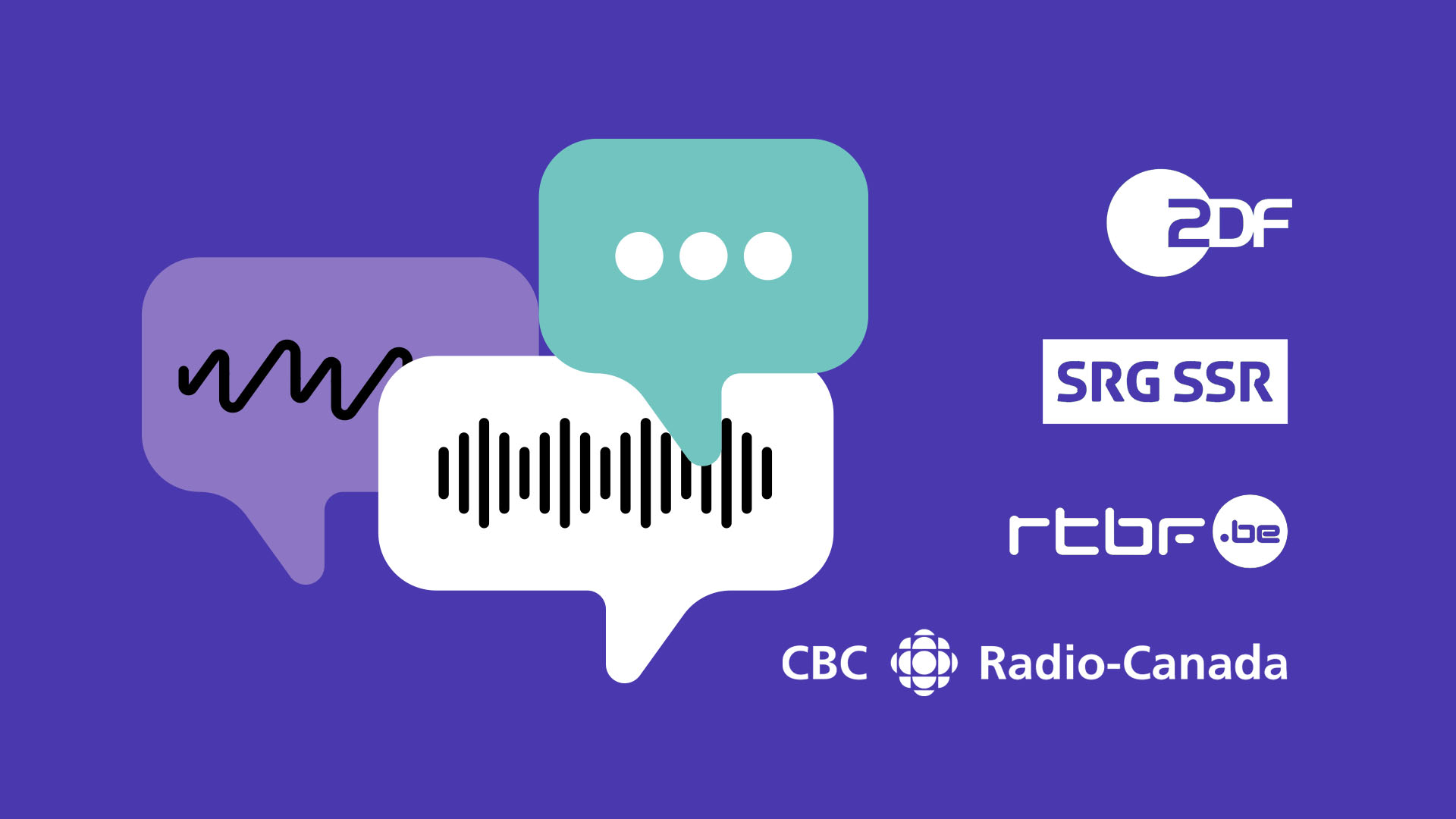
Here are the key takeaways for a value-driven, trusted approach to digital transformation for public media:
Remember who you are – your values ensure trust, and will stand you apart online.
Be prepared to change direction – or reverse decisions if it secures trust.
Be transparent, it will set you apart – demonstrate why you’re using AI, and how you use audience data.
Look after “number one” – you will only survive digital transformation with your staff intact and happy.
Use the space wisely – Digital transformation is like moving to a bigger house; you have more space – use it, but don’t clutter it.
Be the best, not first. Keep innovating but take the time to adapt, leave no one behind, and do it right.
Collaborate, collaborate, collaborate – Don’t go it alone. Public media share a core set of values, we’re a global family. Collaborate to protect them and share best practices.
Thanks for listening.

About the author
Kristian Porter is the CEO of the Public Media Alliance.
Related Posts
11th April 2023
CBC Corner: a digital portal for Canadian libraries
CBC Corner is a new digital portal –…
21st March 2023
Digital journalism project: Meet our partner and facilitators!
Meet our partner and facilitators for…
12th January 2023
Going all digital? BBC, France Télévisions consider online-only futures
The BBC is eyeing an online-only future…
